Musto Wine Grape Company, LLC. Youtube Channel
It’s official….We have a YouTube Channel! Visit us on YouTube for our monthly winemaking videos. This month is all about cleaning and sanitizing.
Cheers!
Gifts for Her: Valentine’s Day 2016
Looking for something special for your sweet heart? Here are a few of our staff’s favorite picks for Valentine’s Day.
Lanza-Musto Malbec is “Best of Class”
According to WineJudging.com our 2014 Wooden Valley Malbec, made with Lanza-Musto Grapes is “Best of Class“. Congratulations to the Lanza-Musto and Wooden Valley Winery Team!
Any Home Winemakers entering their 2014 Lanza-Musto Malbec’s in the competitions this year? You might end up with a “Best in Show”!
Zinderella
The inspiration for the Zinderella brand has been drawn from the perseverance & willingness to never give up on a dream! From humble beginnings to overcoming many obstacles & challenges, this grapes embodies so much more than just wine. From the heart of the esteemed Lodi Appellation, in a land recognized as the Zinfandel Capital of the World; our grapes inspire the deep Zinfandel Flavors and attributes of the journey! This is our “Zinderella Story”.
All the grapes sourced for the Zinderella brand are Old Vine. Specifically, Zinfandel vines over 30 years old. If you are looking for a new, interesting, and complex Zinfandel, then Zinderella is for you!
Lanza Musto Vineyards – Cabernet Clone Descriptions
Cabernet 169: The Cabernet 169 clone is a French clone that. The first 169 clone to come to the US was planted by UC Davis in 2003. Since then, it has been gaining popularity in all the major Cabernet growing regions. Especially in on Mount Veeder. It has good berry size, high vigor, and a well-balanced acid to sugar ratio. The wine can be higher in alcohol depending on the winemaking style. It was created to produce a big and bold Cabernet with intense complexity. The color is a vibrant, deep red. The mouth feel tends to be bold and linger. This grape is definitely for the adventurous winemaker. (selling out as we speak)
Koch Cabernet: The Koch ranch Cabernet is farmed on incredibly rocky soil. The soil absorbs most of the moisture therefore producing a more intense fruit. This is only 8 acres, so please reserve your cases as soon as possible. We always sell out of the Koch Cabernet. (selling out as we speak)
Cabernet 15: This Cabernet Clone originates from Aquitcuine, France (South East France, Bordeaux, largest grape region in France). It is known for its high yield, high levels of Anthocyanins (attributes to aging and color), and high tannins. The wines are described as having raspberry, cherry, plum, and cocoa notes. It has an intense body and is structurally solid. Definitely an age worthy Cabernet.
Cabernet 8: The Clone 8 Cabernet Clone was one of the most popular plantings in France and then in the US in the 1990’s. From our research, it has been said that it was one of the plantings that came it California in a suitcase. Clone 8 is strong Cabernet producer that yields about 6 tons to the acre. The wines have great fruit characteristics, deep color, good sugar to acid ratio, and are structurally sound. The tannins are strong.
Paso Robles
Paso Robles is one of California’s emerging AVAs. It has grown from a sleepy town to a high end wine growing and wine producing region. Winemaking on the Central Coast began when the Franciscan Friars traveled through California establishing Missions. The Missionaries started planting grapes in 1790. You can still see these vines growing today. Since the original plantings of the Missionaries, Paso Robles has become a top destination for farmers to plant grapes. Many famous people have planted vineyards and started wineries in this region. For example, Ignace Paderewski, the Polish pianist purchased 2,000 acres in the 1920’s. He planted Petite Sirah and Zinfandel and eventually opened York Mountain Winery; which is still in existence today.
Paso Robles is comprised of 26,000 acres of wine grapes. It is one of the fastest growing wine regions in California and on the Central Coast. It has a diverse topography. There are rivers, roiling hills, flat lands, and mountains. The soil is comprised of bedrock, weather granite, marine sedimentary rocks, and volcanic rocks. Because of the many different soil components one vineyard block could contain several different soil types.
In terms of grapes, Paso Robles is known for growing Zinfandel, but has gained recognition for Bordeaux and Rhone varieties. The AVA likes to produce non-traditional blends. It is a valley that doesn’t follow the rules and expectations of tradition winemaking. The winemakers of Paso Robles like to make their own rules.
M&M will be receiving Cabernet Sauvignon, Merlot, Old Vine Zinfandel, Petite Sirah, Syrah, Cabernet Franc, Sangiovese, Grenache, and Pinot Noir. Pre-Orders are now being accepted. Please call or email us at sales@juicegrape.com or 1-877-812-1137.
M&M’s Top 3 Paso Robles Wineries: Justin Winery, Opolo Vineyards, and Kukkula
Winemaking Classes Are BACK!!
Hey Guys!
As Wine Grape Season approaches we are starting to brush up on our winemaking skills. Below is our NEW Schedule of Winemaking Classes. Please contact Christina Musto via phone (877.812.1137) or email (cmusto@juicegrape.com) or sign up online!
We hope to see you there!
The only hands-on winemaking bootcamp in the area. No need to spend thousands. M&M Wine Grape Company is pleased to announce the start of a ten week class for beginner winemakers in the art and science of making wines. This course offers each student the opportunity of experiencing hands-on winemaking and producing their own five gallons of wine by the end of the semester. In addition to actually making wines, the course will cover the science behind modern wine making and fermentation techniques including additives commonly used by commercial wineries throughout the wine making world. Classes will be about 3 hours each Saturday afternoon, starting at 1:00 pm, in the offices and winemaking showrooms of M&M Winegrape Co, 101 Reserve Road, Hartford, Ct, 06118.
We are currently accepting enrollment for this 10 week course with lecture and hands-on labs. The cost is $300/student plus the cost of grapes for the 5 gallon batch.
The next class will start August 29th 2015
Click here for more information about the course.
This program primarily covers the basics necessary to understand the art and science of making wine. Students should leave the class with an overview of the winemaking process and prepared for a hands-on experience.
The entire spectrum of the process is addressed including cleaning, sanitizing, and preparing equipment, understanding and performing appropriate metrics, detailed steps needed to produce finished wine from fresh grapes, grape juice, frozen musts, and kits, bottling and storing wines. Discussions include equipment choices from manual to electric units, wooden barrels for storage, stabilizing and preserving wines for extended time, and other pertinent tops. The class consists on one three plus hour slide presentation/lecture with open Q&A, and tasting examples of home made wines. Students must be at least 21 years of age to participate in wine tasting/evaluation exercises.
COURSE OBJECTIVES:
- Introduce the basic practices of wine making.
- Provide an understanding and feel for the skills required to successfully make high quality wines.
- Introduce the student to the sanitary requirements necessary to consistently produce world-class wines.
We are currently accepting enrollment for this course. The cost is $49.95/student.
The next class will start TBD
Click here for more information about the course.
This program primarily covers laboratory skills needed in the art and science of making wine. This course compliments and should be taken after having taken the Intro to Wine Making (EDUIWM101) course.
In order to consistently make high quality wines the winemaker must perform a number of tests and functions to monitor and adjust the progress of the fermentation and aging process. This class discusses and demonstrates a number of such functions including acid titration, pH, sugar content, fining, etc., including alternate methodologies for sugar and acid titrations. Students must be at least 21 years of age to participate in wine tasting/evaluation exercises.
COURSE OBJECTIVES
- Introduce the basic laboratory practices of wine making.
- Provide an understanding and feel for the skills required to successfully measure fermentation progress.
We are currently accepting enrollment for this course. The cost is $49.95/student.
The next class will start April 21st 2015
Click here for more information about the course.
This program covers the basics necessary to understand the art of wine tasting and evaluation. Students should leave the class with an overview of the winemaking process and how to evaluate wines with confidence.
COURSE OBJECTIVES
- Introduce the basics of sensory analysis pertaining to wine
- Provide an understanding and feel for the skills required to be a wine judge and/or sommelier.
Students must be at least 21 years of age to participate in wine tasting/evaluation exercises.
We are currently accepting enrollment for this course. The cost is $39.95/student.
The next class is TBD
Click here for more information about the course.
Winter at Cassidy Hill Vineyards
Winter time in the vineyard is very important. What happens at the beginning of the year sets the tone for the vintage to come. Cassidy Hill Vineyards in Coventry, CT was kind enough to send us some photos of what is going on in their vineyard this winter. As you can see there is a lot of snow but once the snow melts they will get back to pruning. It looks like it’s their vineyard dog’s favorite activity, don’t you think? 🙂 Notice the close up pictures of the vines. There is an example of a non-pruned vine and what the vine looks like after they went through and pruned.
Pruning can be a very tedious task. The grapes are only harvested off of 2nd year wood. Therefore, off of each spur you prune down to one cane. Off of each cane you prune down to two buds and each bud will grow into a new cane. Each cane will then have 2 clusters. It sounds simple enough but many vineyard managers will tell you it can be difficult and time consuming. The next time you drive by your local vineyard take a look at what stage of life the grapes are in. Are they dormant? Have the vines been pruned? Do you see bud break? Just because it isn’t harvest, doesn’t mean there isn’t work to be done in the vineyard.
Bring on the Bordeaux! – A Home Wine Making Experience (6)
And we are ready to go! First, we need to sanitize the press. We don’t want any gross microbes to get into our fabulous wine. Second, we shrink wrap the press to make sure the juice doesn’t squirt out at us. Third, we transfer the must into the press and let the press do it’s thing. Finally, we transfer the juice from the press to the stainless steel tank where we will be aging the wine until we decide to barrel age or add more oak additives.
You can see all the tubes attached to the press above. This is because we decided to use a bladder press. Bladder press’s are easy to use and don’t press the must too much. If you press too hard you run the risk of breaking the seeds and releasing astringent flavors. The bladder press has a happy medium of extracting optimal juice while maintaining the quality of the juice.


And now we wait… Thanks again for stopping by. Next time we will rack our wine. Stay tuned!
Side Note: Don’t Press in November, It’s Cold!!!!






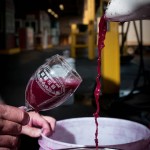
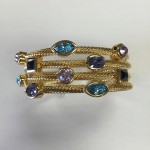
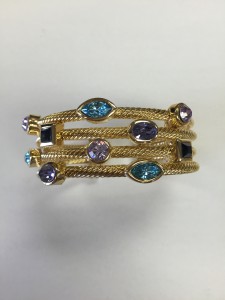
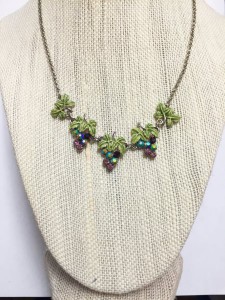
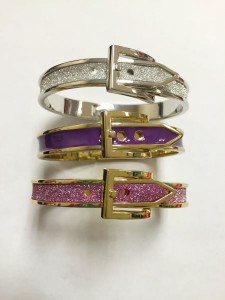
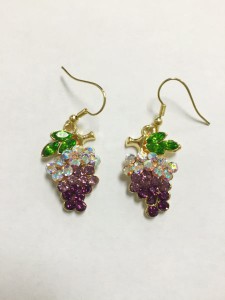
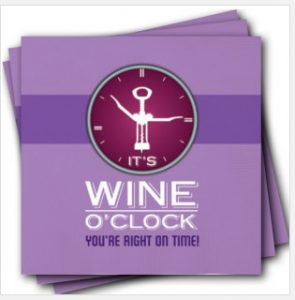
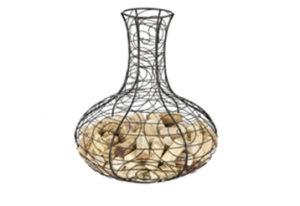
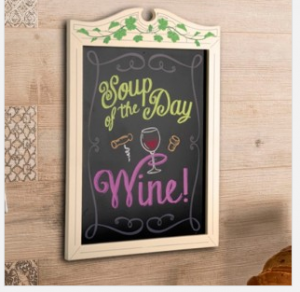
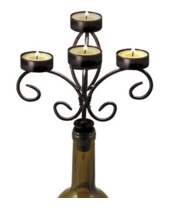
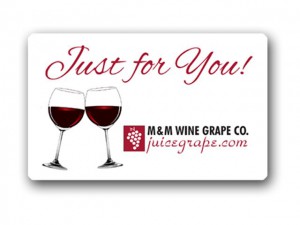
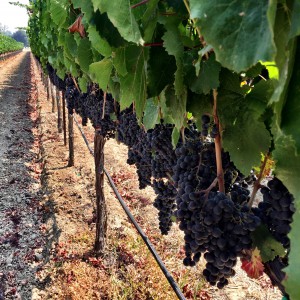
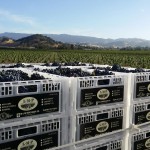
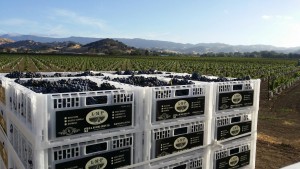
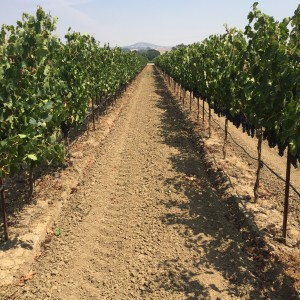
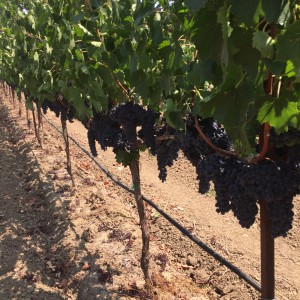
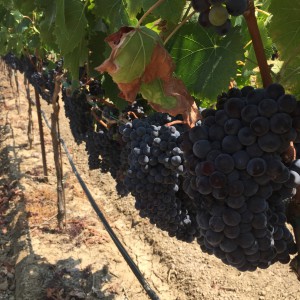
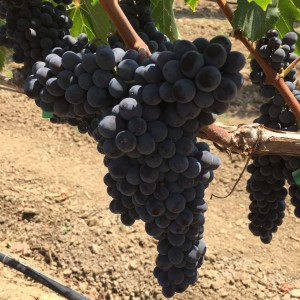
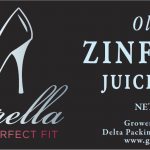
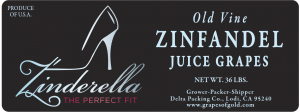
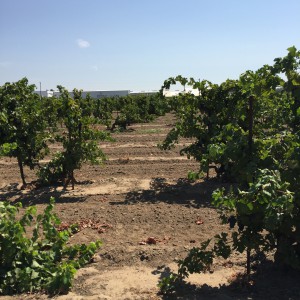
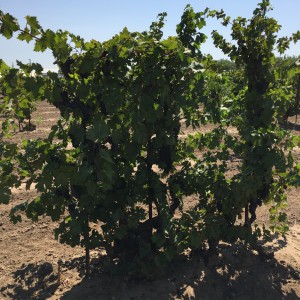
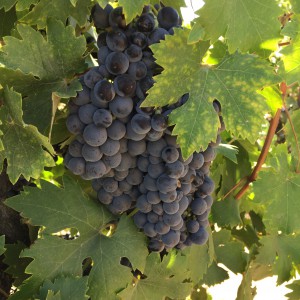
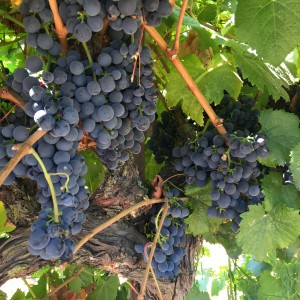
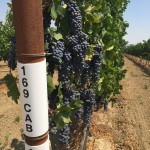
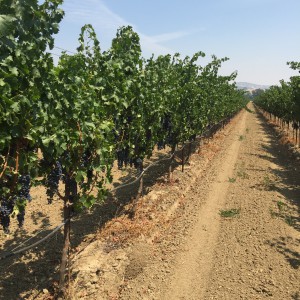
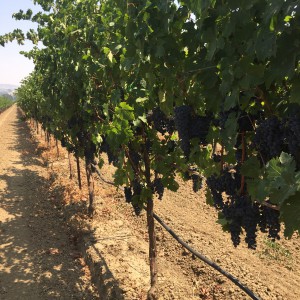
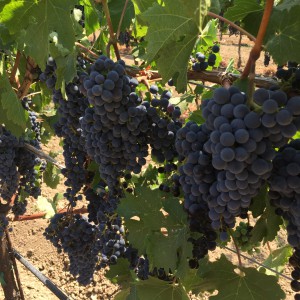
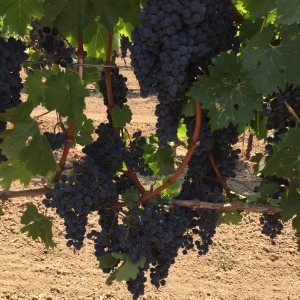
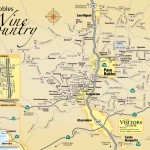
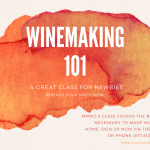
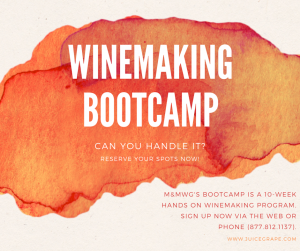
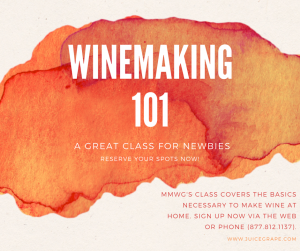
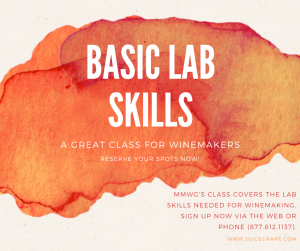
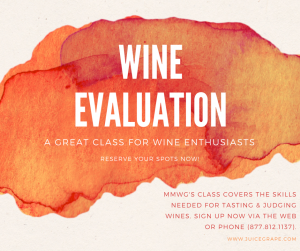
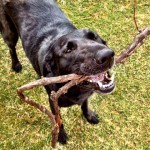
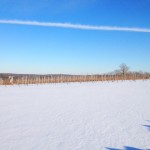
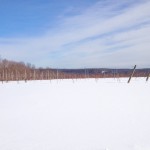

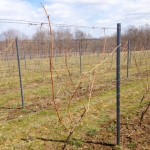
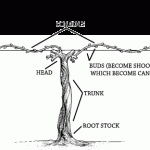
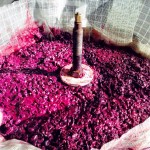






Recent Comments